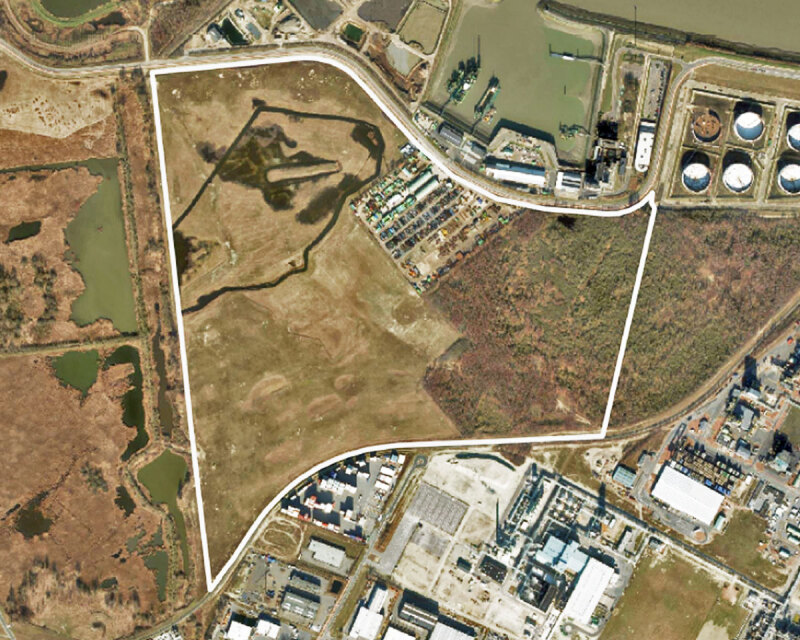Planning study "De Bieshoek"
18070
15/01/2021
From 2019 to 2020
TML analysed the mobility aspects of the De Bieshoek area. In addition, TML conducted a social cost-benefit analysis to identify the main differences between development options, as a basis for further decision-making.
On the Left Bank of the Scheldt, on the territory of the municipality of Zwijndrecht, there is a site known as De Bieshoek. Client Maatschappij Linkerscheldeoever (MLSO), in the wider context of the Complex Project “Extra Container Handling Capacity Port Area Antwerp” (CP ECA), has been commissioned to explore the development opportunities available for this area.
In a process of continuous consultation with all parties involved (port authority, local authorities, neighbouring companies ...), the options possible and opportune to meaningfully develop this area were considered in a planned manner. This included looking at the existing structural plans, strategic prospects and needs of the port, existing state of the environment and infrastructure, future environmental ambitions, and mobility aspects. TML was responsible for analysing these mobility aspects.
As a final step in the process, a high-level pre-selection was made of a number of concrete infill options. Subsequently, by means of a quick scan social cost-benefit analysis (SCBA), TML worked out the main differences between the selected alternatives, to serve as a basis for more concrete steps in the long-term dossier.
This project was carried out in collaboration with Sweco.
On the Left Bank of the Scheldt, on the territory of the municipality of Zwijndrecht, there is a site known as De Bieshoek. Client Maatschappij Linkerscheldeoever (MLSO), in the wider context of the Complex Project “Extra Container Handling Capacity Port Area Antwerp” (CP ECA), has been commissioned to explore the development opportunities available for this area.
In a process of continuous consultation with all parties involved (port authority, local authorities, neighbouring companies ...), the options possible and opportune to meaningfully develop this area were considered in a planned manner. This included looking at the existing structural plans, strategic prospects and needs of the port, existing state of the environment and infrastructure, future environmental ambitions, and mobility aspects. TML was responsible for analysing these mobility aspects.
As a final step in the process, a high-level pre-selection was made of a number of concrete infill options. Subsequently, by means of a quick scan social cost-benefit analysis (SCBA), TML worked out the main differences between the selected alternatives, to serve as a basis for more concrete steps in the long-term dossier.
This project was carried out in collaboration with Sweco.


